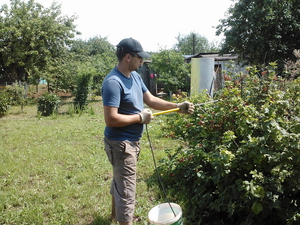 Currant is a favorite garden culture of many summer residents. It is appreciated not only for its taste, but also for its beneficial properties. This explains the desire of most gardeners to plant this plant in their backyard. However, currants are interesting not only for humans, but also for many different pests.
Currant is a favorite garden culture of many summer residents. It is appreciated not only for its taste, but also for its beneficial properties. This explains the desire of most gardeners to plant this plant in their backyard. However, currants are interesting not only for humans, but also for many different pests.
Therefore, this plant is often affected by various diseases. If you find signs of a terry virus on the bush, you can say goodbye to it. However, most other currant diseases can usually be dealt with.
Content
Disease prevention
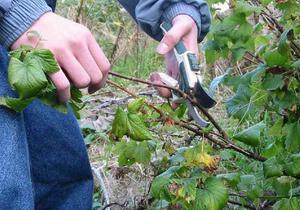 Care for this plant should be started in early spring, by processing the bushes, which is a guarantee of a timely and rich harvest of berries. After all, experienced summer residents know that after winter, many pests begin to manifest themselves and, as the temperature rises, they begin to feast on currants.
Care for this plant should be started in early spring, by processing the bushes, which is a guarantee of a timely and rich harvest of berries. After all, experienced summer residents know that after winter, many pests begin to manifest themselves and, as the temperature rises, they begin to feast on currants.
To prevent this, care should be taken to protect currant bushes from pests and diseases. Moreover, this should be done as early as possible after the snow melts, but not later than the buds begin to swell.
Everyone understands that by avoiding at an early stage of the development of the disease, he relieves himself of the problems associated with its treatment. Therefore, if a plant is properly cared for, it will become more resistant to many diseases.
If you want your currant bush to suffer less from such misfortunes, then you should, without delay, start caring for it.
- Already in the first weeks of spring, when the currants have not yet come out of dormancy, they carry out sanitary pruning. Sick, dry and damaged branches are subject to removal. They must be cut very carefully so that no hemp remains, since through them the disease can spread to the entire plant.
- The branches of the currant bush should be located above the ground, and for this you need special supports. They will help you keep the branches intact, because when the berries begin to ripen, the load on them will increase significantly. It should be remembered that if the branch is damaged, there will be an additional opportunity for infection to enter the plant.
- In the process of caring for currants, it is imperative to remove the surface of the earth in the root zone. The rubbish that you collect in this place is subject to incineration. For the most part, it is here that favorable conditions arise for the development of pathogenic bacteria and pests.
- After waiting for the snow to melt, you can begin to loosen the trunks. As a result of this operation, air access to the compacted soil will improve.
- When the plants enter the growing season, fertilizing with nitrogen-containing fertilizers is carried out, which will accelerate the formation of new ovaries.
- Also for preventive purposes it makes sense for planting currants in autumn select suitable varieties that are characterized by maximum resistance to diseases and pests.
There are situations when even the most careful care does not allow protecting currant bushes from pests and diseases. Therefore, it will not hurt the summer resident to get acquainted with the problems that can damage this garden culture.
Moreover, it is important not only to know about the characteristics of pests, but also to have an idea of the methods of dealing with them.
How to deal with diseases and pests of currants and how to carry out prevention:https://flowers.desigusxpro.com/en/yagody/smorodina/bolezni-smorodinyi-opisanie-s-fotografiyami-i-sposobyi-lecheniya.html
The most common pests
Each summer cottage is inhabited by many insects that like tender and fragrant buds, as well as currant leaves and berries. Among them, a group of pests can be distinguished that most often infect this plant.
 Kidney mite and kidney moth. As the name suggests, they are very fond of plant buds.
Kidney mite and kidney moth. As the name suggests, they are very fond of plant buds.- Gall and shoot aphids, spider mites. These pests like currant leaves very much.
- Currant goldfish and scale insect. These insects cause great damage to young shoots.
- Gooseberry fire and sawer. These pests gladly eat berries that have not reached the stage of maturity.
To cope with these enemies, summer residents can use along with folk remedies and chemicalscreated in collaboration with scientists. It is very important to know how to use them correctly.
Pest control methods
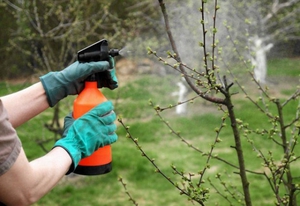 Kidney mite... It is from this pest that black currants often suffer. Once on the bush, it gets inside the buds, so they become unusually large, which makes them easy to distinguish from healthy neighbors. For the summer resident, the primary goal is to prevent the opening of such kidneys.
Kidney mite... It is from this pest that black currants often suffer. Once on the bush, it gets inside the buds, so they become unusually large, which makes them easy to distinguish from healthy neighbors. For the summer resident, the primary goal is to prevent the opening of such kidneys.
Description of signs of damage to currants by a kidney mite:https://flowers.desigusxpro.com/en/yagody/smorodina/pochkovyy-kleshch-na-smorodine-mery-borby-vesnoy.html
Otherwise, mites will appear from them, which will begin to harm the rest of the currant bush. This can be avoided only if, already in the first weeks of spring, we begin to take measures to combat them. The most effective is considered mechanical removal of shootscontaining affected kidneys.
Further, they are subject to incineration. If there are many branches on the bush, then the summer resident is not always able to determine all the affected areas. Therefore, you should not limit yourself to cutting.
You can increase the effectiveness of the fight against this pest by using spraying currants 1% colloidal sulfur solution or 0.2% karbofos solution. Bordeaux liquid and other special preparations also show good results.
When spraying currants, you need to keep in mind that the drug works best at an ambient temperature of at least 20 degrees Celsius.
If the weather is colder on the day for which you have planned spraying, then after treatment the plant must be covered with plastic wrap. To consolidate the result, after 10 days, the bush must be sprayed again.
Currant aphid... You can detect the presence of this pest on the currant bush by the twisted and wrinkled ends of the branches. If you look at the back side, you can find a large number of small green bugs.
An effective means of combating aphid eggs is to treat the bushes even before the buds swell with a 3% nitrafen solution.
Spider mite... The harm from this insect to the currant bush is large-scale damage to the leaves, which negatively affects the vegetation of the plant. Already in early May, spots of a whitish or red-brown hue can be seen on the leaves.
Looking at the underside, you can find the tick itself. An effective method of dealing with this pest is to collect damaged leaves and burn them. It is also useful to combine it with spraying with a 50% solution of karbofos.
Differences in spring and autumn planting of red currants:https://flowers.desigusxpro.com/en/yagody/smorodina/posadka-krasnoy-smorodiny.html
Blackcurrant Sawer and Willow Scale
 The sawmaker needs to pay special attention, since it is not always possible to identify him in time due to his hidden habitat... It is possible to understand that the currant is affected by this pest after the appearance of sawfly larvae, which grow inside the ovaries and berries.
The sawmaker needs to pay special attention, since it is not always possible to identify him in time due to his hidden habitat... It is possible to understand that the currant is affected by this pest after the appearance of sawfly larvae, which grow inside the ovaries and berries.
This usually happens the moment they leave their hideout. A logical consequence of this is the fall of the berries, as a result of the sawfly pupae fall into the soil, where they remain for the winter.
To avoid next year the defeat of currants by this pest, it is necessary in autumn or early spring dig up the trunk circles... In addition, spraying with a 0.2% chlorophos solution is beneficial.
Willow shield... This insect uses branches to lay eggs of red-purple color, which are masked by the shields of the dead individuals. Already during the flowering of currants, larvae hatch from the eggs.
As they grow, they form a scutellum, over time they harm the plant, using the juice of young shoots as food. This makes the currant bushes weaker, which in some cases may result in their complete withering away.
You can protect currants from damage by larvae by spraying before budding with 3 percent nitrafen paste solution... An effective measure is brushing the eggs off the branches. In cases where too many pests are found on a branch, it makes sense to cut it and burn it.
Currant goldfish... The appearance of this pest leads to the drying of the shoot starting from the top. This is due to the fact that beetle larvae choose it as a wintering place. Therefore, it is very important to prune branches where there are beetles in early spring.
Otherwise, the larvae will eat their core, eventually go down, and then the shoot will die. It should be borne in mind that young shoots are of the greatest interest for the pest. Therefore, it is necessary to take measures to combat it as early as possible, since the future of the entire bush depends on it.
Disease control methods
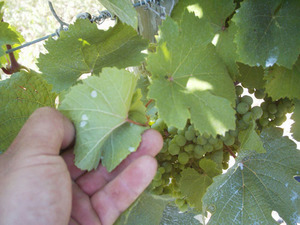 Like any plant grown in the country, currants need protection from various pests and diseases. Therefore, if you do not want to be left without a crop, you need to start processing currant bushes in early spring.
Like any plant grown in the country, currants need protection from various pests and diseases. Therefore, if you do not want to be left without a crop, you need to start processing currant bushes in early spring.
You should be aware that various diseases and insects can affect this plant, and in each case, the measures to combat them will be different. Therefore, in order for the activities carried out to bring the desired effect, it is necessary not only to find out from whom the threat to currants may come, but also how to avoid their appearance.
Diseases provoked by activity can also harm currant bushes. a certain fungus or virus... In most cases, currant bushes suffer from the following diseases:
- powdery mildew;
- anthracnose.
Powdery mildew
Recently, summer residents have found signs of this disease on many fruit trees and shrubs. Her treatment must be timely, otherwise you can say goodbye to the plant.
To protect the currant bush from powdery mildew it is necessary in the first weeks of spring spray it with nitrafen solution... When the plant fades and the berries begin to ripen, it is treated with a 20% solution of benlate or caratan.
If the extent of damage to the bush is very large, then re-treatment may be required 7 days after the first spraying.
Anthracnose, or muhosed... The harm from the activity of this fungus lies in the fact that currant leaves are most affected. Despite the fact that the risk of affecting this currant disease in the middle of summer, already at the beginning of spring, measures should be taken to combat it.
To do this, you need to spray the plant itself and the near-trunk circle of the soil with a nitrafen solution (60%). Even before flowering, currants are processed colloidal sulfur solution, and after a few weeks the operation is repeated.
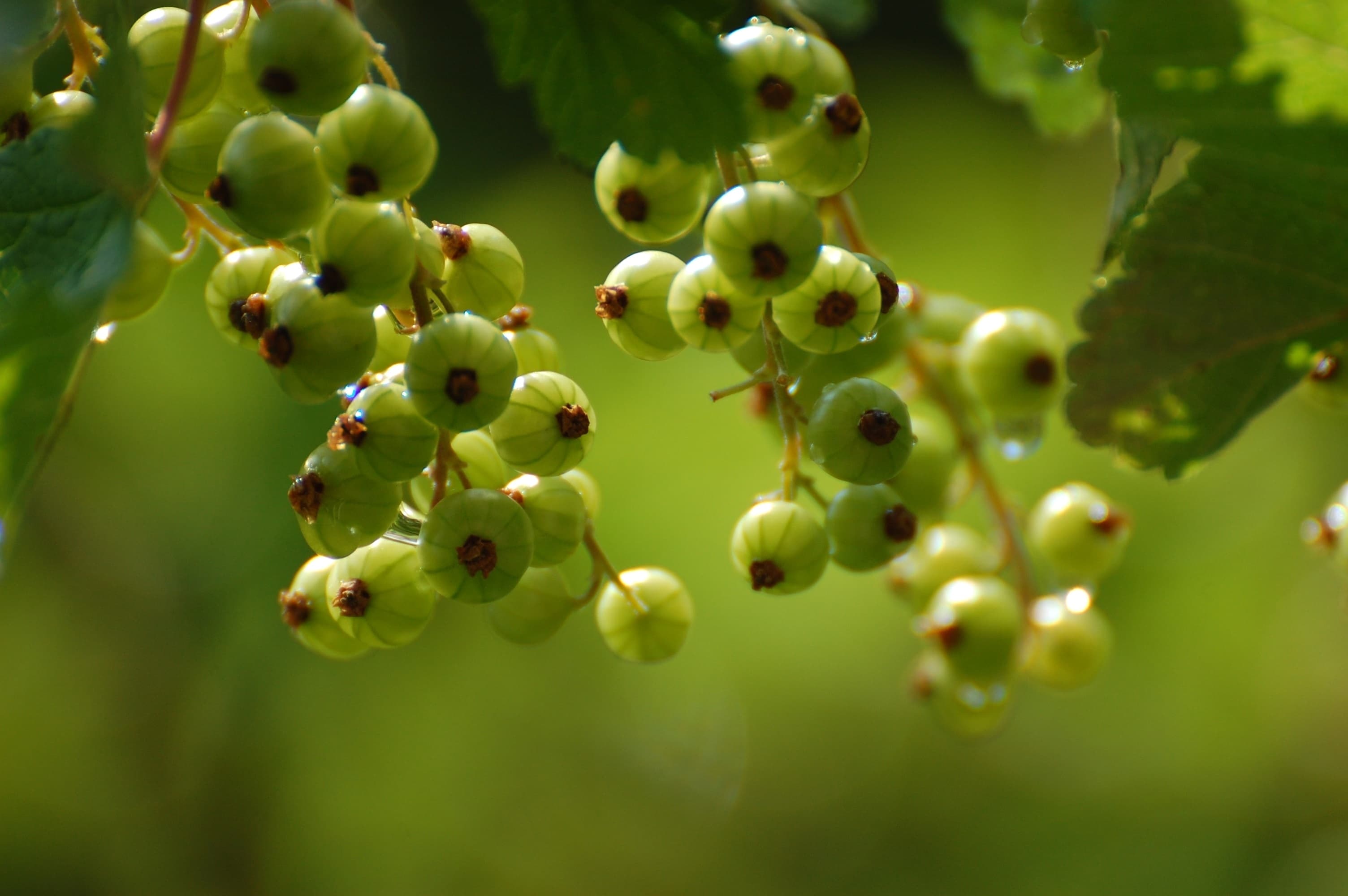

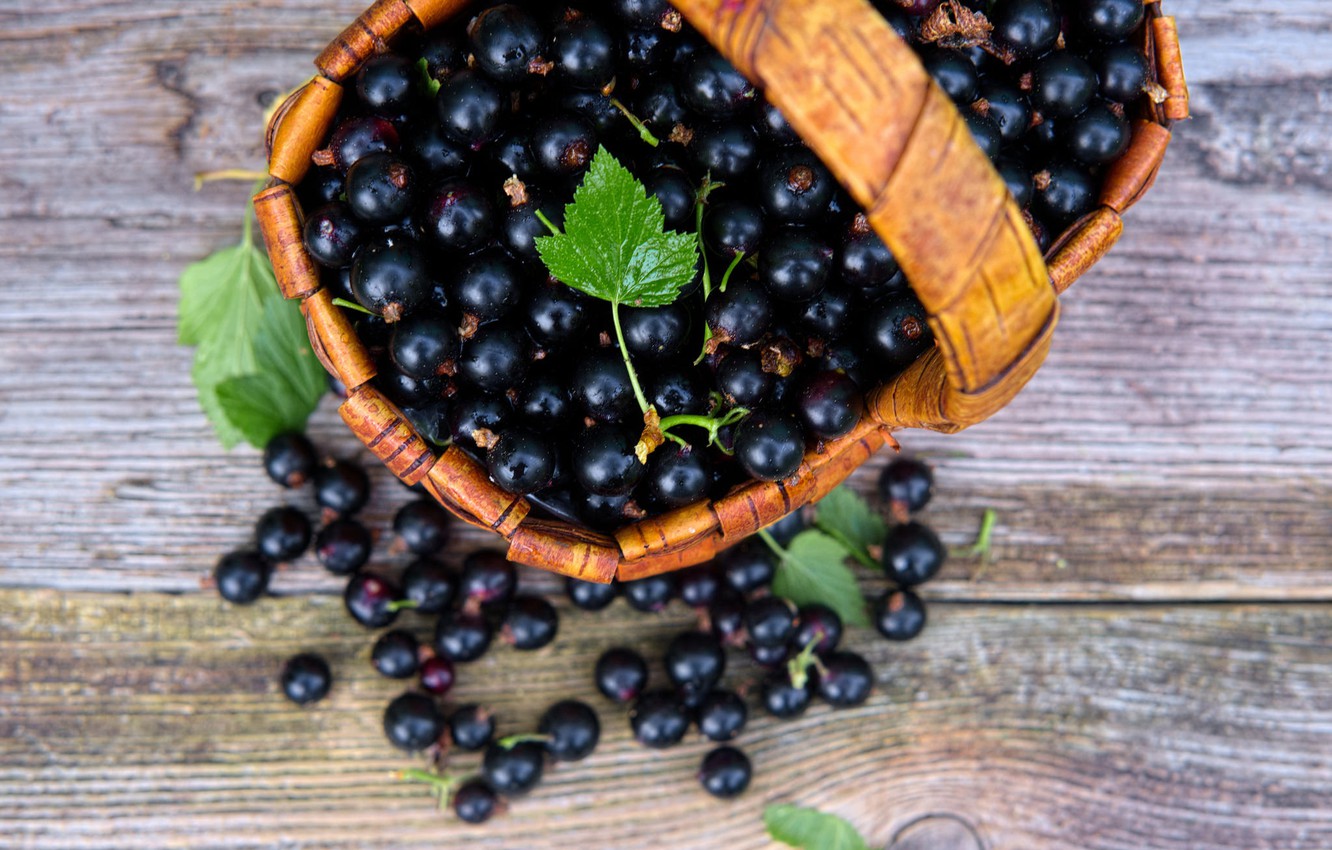
2 comments